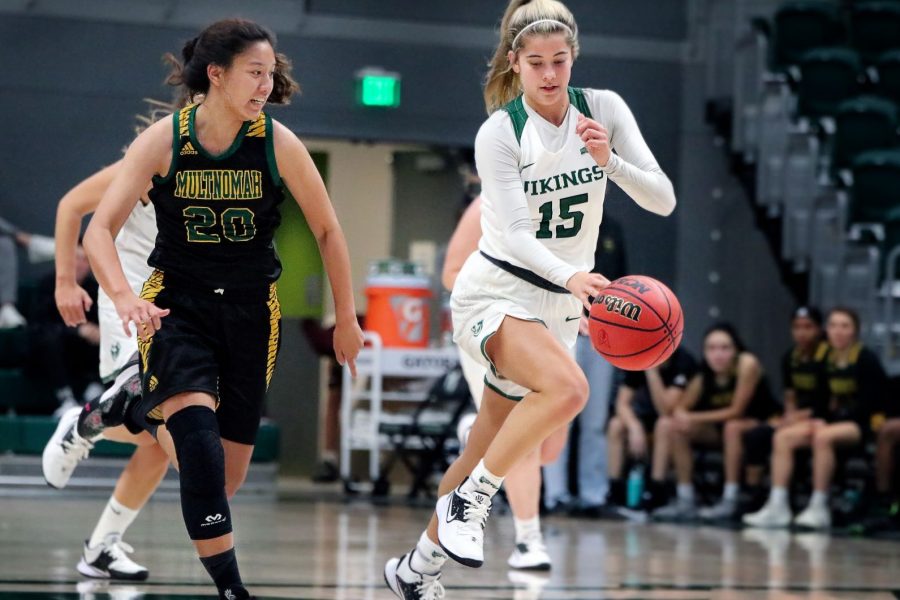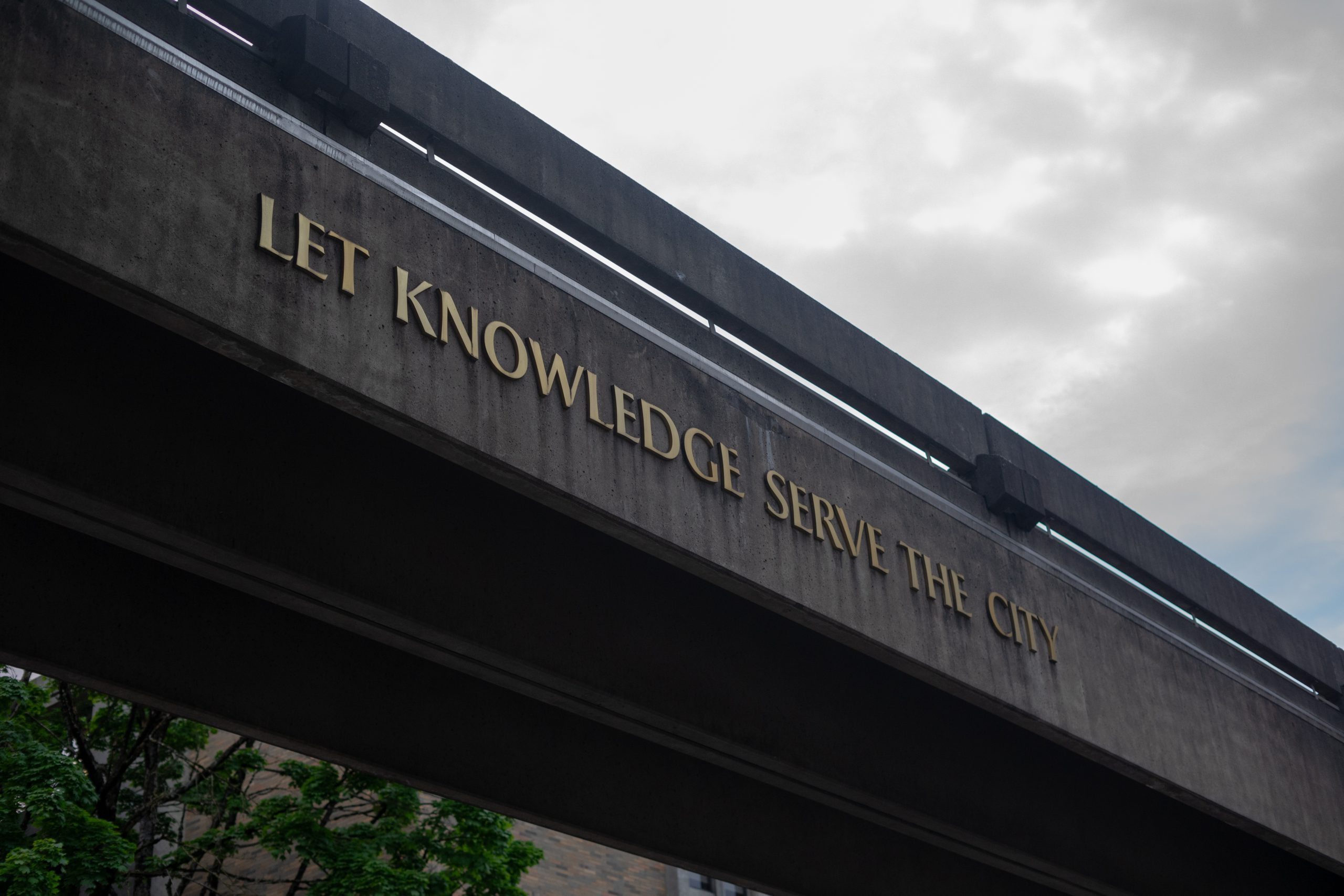Portland State athletic director discusses housing insecurity among PSU athletes
Portland State athletic director Valerie Cleary spoke on the issue of housing insecurity experienced among PSU college athletes and other college campuses, highlighting what she said is a common misconception that students playing a college sport have everything taken care of for them.
A 2014 Sports Illustrated report, the last known published report measuring houselessness in college athletics, found that 10% of United States college students who reported themselves as houseless were varsity student-athletes.
“There’s this perception, especially if you’re a Division I student-athlete, that you have everything provided to you, everything is paid for, and that’s really not the case,” Cleary said. “I think the challenge is just that we live in a high-cost living place.”
Although scholarships may cover a student’s housing costs if they live on campus, Cleary said those cases are rare. Strict rules enforced by the National Collegiate Athletic Association limit the ways a student-athlete can receive financial support.
According to the NCAA, an athlete is not eligible in a sport if “[they or their] relatives or friends, ever have accepted money, transportation, lodging, entertainment or other benefits from an agent” or if they “receive financial aid other than the financial aid that [their] institution distributes.”
“We’ve had a few instances where student-athletes get in a bind where they’re just like, ‘I can’t make rent this month’ or whatever it might be,” Cleary said. “With NCAA rules there’s only so much that we can actually help with.”
In 2015, Silas Nacita became “officially and permanently ineligible” by the NCAA after accepting food and housing from a third-party family.
“We hear about student-athletes having to get really creative about how many roommates they have,” Cleary said. “[Other times] a lot of our student-athletes, they’ll work nights, or they’ll try to do significant summer employment or off-season employment. That way they can save up a lot, but they know in-season they’ll be able to pull from that to pay their rent.”
Student-athletes experiencing houselessness can utilize the same resources available to all PSU students with the exception of the special assistance fund.
“It’s money that’s provided through…our NCAA allotment that comes in from the conference office,” Cleary said. “But there are really strict guidelines that can be used for, and it’s not a substantial amount of money. We typically use those for emergency situations. A student-athlete has to apply for it.”
Cleary also emphasized that this is not an issue disproportionately impacting student-athletes.
“This is not a student-athlete problem only,” Cleary said. “Portland’s an expensive city…the same thing applies for a student-athlete; their rent isn’t any cheaper than anyone else’s.”
A PSU report published on Aug. 1, 2019 by the PSU Homelessness Research & Action Collaborative and Northwest Economic Research Center estimated there were over 38,000 houseless people living in the tri-county area at some point during 2017.
The report also stated that the real number is likely even higher, because it’s impossible to calculate exact numbers due to the difficulties of recording each individual dealing with housing insecurity and the varying definitions of houselessness used when collecting data.
Additionally the College and University Basic Needs Insecurity report stated that among college students, the percentage dealing with housing insecurity in America is larger, with “60% of survey respondents at two-year institutions and 48% at four-year institutions experience housing insecurity.”
Cleary cited high housing costs as a primary challenge in securing housing for students, adding that the issue surrounding houselessness in athletics has more to do with the financial limitations of the university and athletic department than it does with housing availability.
The best thing student-athletes—or any student of PSU—can do, according to Cleary, is reach out.
“I hope that if any of our student-athletes are having a challenge, whether that’s trying to figure out how to make rent one month because they didn’t get to work as many hours or whatever it might be, that they would feel that they had someone within this athletic department, a coach, an athletic trainer, an administrator, whatever it might be, that they can go to and say, ‘Hey, I’m in a bind and I need help figuring this out,’” Cleary said.
For anyone seeking assistance with housing insecurity, contact the PSU Dean of Student Life or the C.A.R.E Team.






